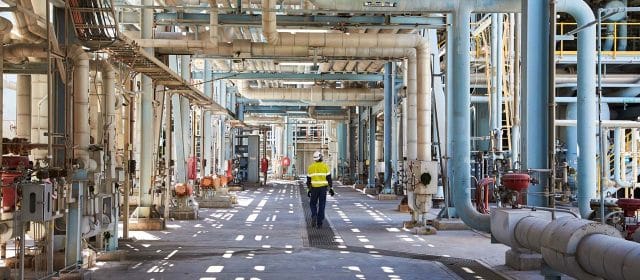2025 APAC Schedule
Presentations for the Ammonia Energy 2025 APAC Conference are now available within the schedule below. Click on the date and the session you wish to view; each speaker’s presentation is attached.
In order to achieve decarbonization of thermal power plants, we conducted a demonstration test at the Hekinan Thermal Power Plant to substitute a part of coal fuel with ammonia fuel last year. The demonstration test was conducted by substituting 20% of the coal fuel with ammonia with good results, and now our construction is progressing as planned for commercial operation.
In addition, we have considered safety measures for ammonia handling, including facility design and operational considerations, and we conducted disaster prevention drills and communicated with the local community. In this session, I will explain & explore these initiatives.
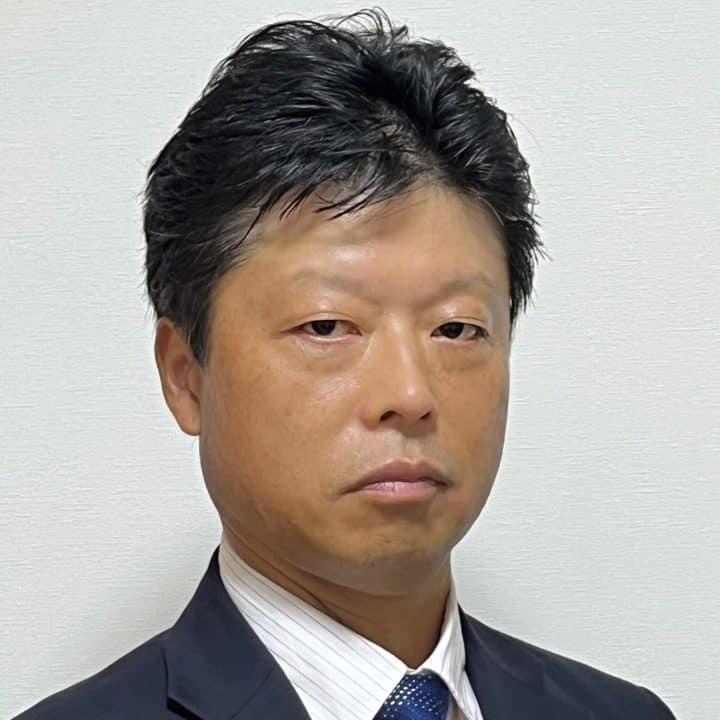
Executive Officer, Head of the Decarbonization Engineering Group (O&M Engineering Strategy Division), JERA Co., Inc.
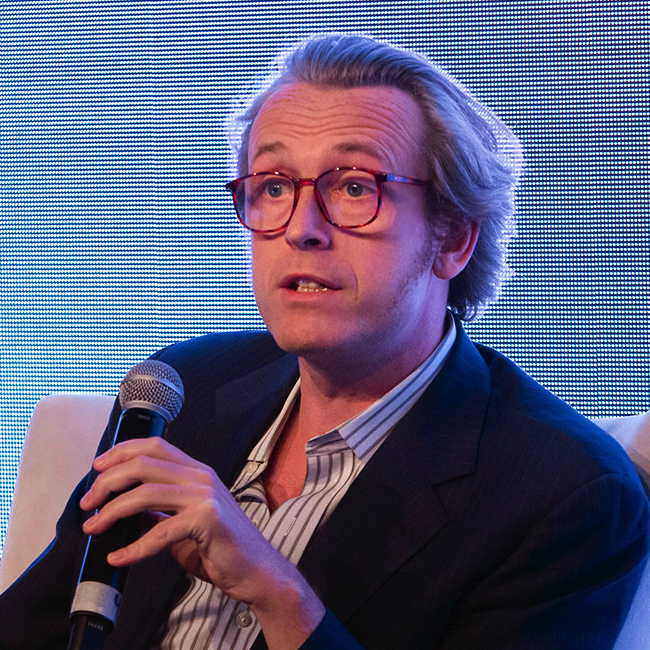
Executive Director, Ammonia Energy Association
West and Northern Australia is home to several first-mover ammonia projects. In the Kimberley, the Aboriginal Clean Energy Partnership is demonstrating the value of equity partnerships with local Indigenous communities, netting long term benefits for all partners. In the Pilbara, NH3 Clean Energy is making excellent progress towards deployment of CCS-based ammonia, with exports from the Port of Dampier. And on the Gove Peninsula in far-north Australia, Allied Green Ammonia is also demonstrating excellent progress towards deployment of electrolysis-based hydrogen production. In this session, hear directly from the developers about the status of these projects.

Engineering Manager, Allied Green Ammonia

Director Sales and Market Development, Plug Power Australia

South Korea has made a series of recent, important moves towards ammonia energy. While the results of the first power generation auction under the Clean Hydrogen Portfolio Standard (CHPS) last year were less than hoped for, the selected finalist will establish ammonia co-firing at an existing power station, construct all the required import infrastructure, and is already in advanced negotiations with an Australian ammonia producer to provide fuel from a new West Australian project. During this session, our panel will provide first-hand insights from this journey. We will also explore the evolution of related market opportunities in Korea, including decentralised power production via ammonia-fed fuel cells, and ammonia cracking to enable hydrogen-fired turbines.

CEO, Pilot Energy
Mid West Clean Energy Project: delivering clean ammonia through integrated CCS


Lead, Research Analyst – Ammonia, Associate Director, Fertecon, S&P Global
After we explore the emerging South Korean market, we will hear technical presentations from two technology developers working on commercial ammonia-for-power solutions. Ahead of our high-level panel discussion on power generation, hear about the latest advances in ammonia-fed gas turbines and fuel cells, and potential market applications.


In 2024, the “Australian Ammonia Skills Work Group” came together, based out of a Queensland university. Backed by state government funding, the working group was tasked with creating a comprehensive, standardized, national-level training program for ammonia production workers (or “operators”), with one eye on the huge pipeline of ammonia production projects underway. Following input and a final review from existing ammonia producers in Australia, the training program is now ready to be implemented. Furthermore, the group is keen to implement strategies and approaches that have proven successful in the growth of the LNG and oil & gas sectors in Australia. In this breakout session, we will hear from some of the working group participants on their progress, what industry-building lessons we should be taking forward from traditional energy sectors, and how these considerations can help project developers effectively manage risk.

For ammonia-powered shipping to succeed, a whole host of puzzle pieces still have to come together. To complement discussions around the technical aspects of ammonia-powered shipping, this panel will explore the bigger strategic picture. From a regulatory standpoint, what work still has to be done at the IMO to realise ammonia maritime fuel? As the first ammonia shipping corridors establish themselves, how do ports at either end safely adopt new maritime fuels, and what internal processes do they go through? From the work already done in APAC on first-mover projects, what gaps remain? How do existing ship owners and operators adapt to new maritime fuels? Hear from APAC shipping leaders as we explore the answers.
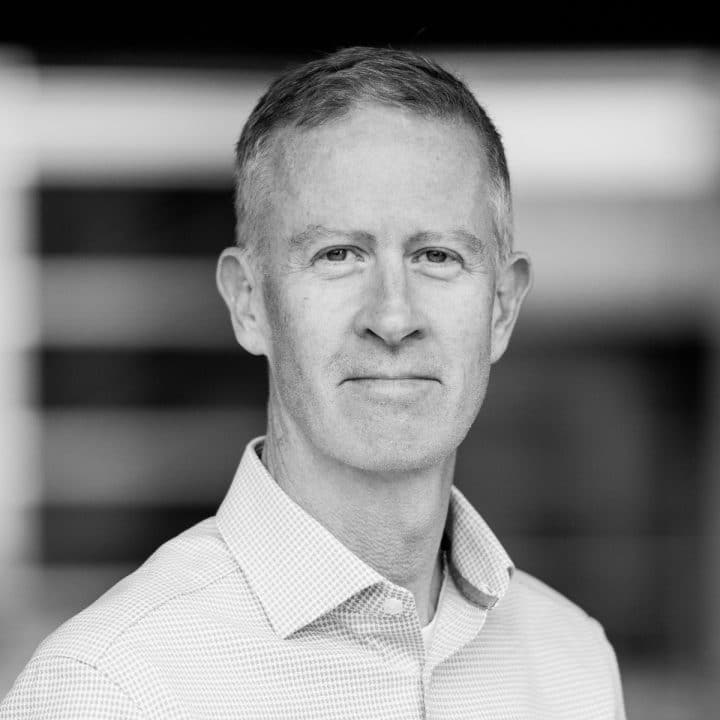
Head of Maritime Advisory ANZ/India, DNV

CSO-designate and Director (Digital Strategy, Policy & Ecosystems), Maritime and Port Authority Singapore
Safety approach and protocols applied in ammonia marine fuel: trials in the Port of Singapore
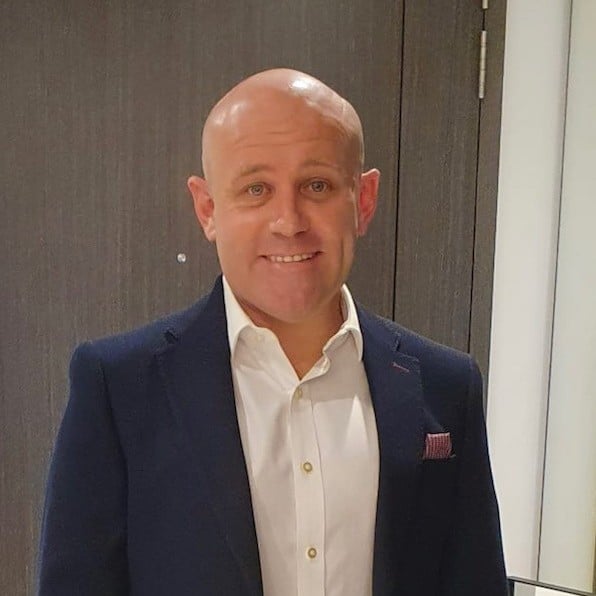
General Manager, Energy Transportation & Supply Chain Solutions, NYK Bulkship (Asia)
NYK’s decarbonization strategy and efforts for adopting ammonia as a marine fuel
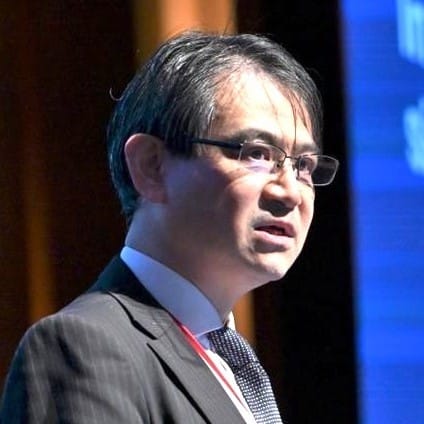
Senior Specialist - Alternative Green Fuels, Mitsui O.S.K. Lines
MOL’s activities in next-generation energy as social infrastructure company

Senior Policy Advisor – Sustainability and Industry Transformation, Maritime Industry Australia Ltd
A highlight of the AEA’s APAC conference, this session is the chance to hear directly from technology leaders in their push towards ammonia-fired power generation. The session will be a mixture of technical presentations, market discussions, and implementation updates on a range of technology pathways, including ammonia-coal co-firing and ammonia-fired gas turbines.
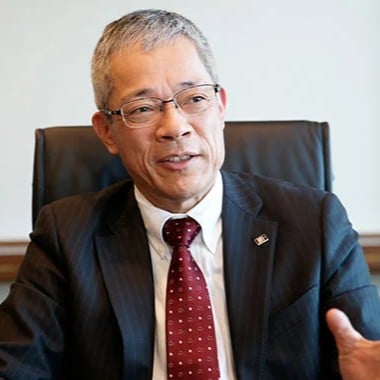
Chief Engineer, Gas Turbine Engineering Department, Mitsubishi Heavy Industries
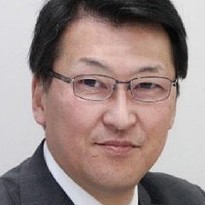
Senior Technology Advisor, IHI Corporation


General Manager, International, Australian Hydrogen Council)
Onsite at UWA Club
NH3 Clean Energy (nh3ce) is an Australian company focused on reducing carbon emissions by providing clean energy solutions. nh3ce is advancing its flagship clean ammonia project “WAH2” which is focused on supplying low-emission ammonia to the high demand growth Asian market.
The Global Centre for Maritime Decarbonisation (GCMD) conducted a first-of-a-kind ammonia transfer pilot aimed at simulating bunkering procedures at anchorage in the waters of Port Dampier, Pilbara in September 2024. This spotlight session will share key takeaways from this pilot, including safety procedures, operational protocols, emergency responses measures. The session will also discuss how such pilots can pave the way for adoption of ammonia as a marine fuel across the region.

Director, Projects Team, Global Centre for Maritime Decarbonisation
Realising ammonia bunkering: Insights from executing ammonia transfers in the Pilbara
As part of the Ammonia Energy APAC Conference 2025, Classification society DNV has awarded an Approval in Principle (AiP) to SeaTech Solutions International (SeaTech) in collaboration with Oceania Marine Energy (Oceania) for the design of a new 10,000cbm ammonia bunkering vessel. This AiP builds on a recent Memorandum of Understanding (MoU) between DNV, SeaTech, and Oceania, initiated at Singapore Maritime Week and signed in April this year.
https://www.dnv.com/news/dnv-awards-seatech-solutions-aip-for-new-ammonia-bunkering-vessel-design/
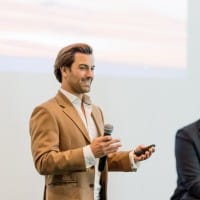
Managing Director, Oceania Marine Energy
Learn more about opportunities to collaborate in the Ammonia Safety Training Program (ASTP) for Maritime and Port Operations, which aims to design, develop and pilot the training program for personnel involved in the use of ammonia in maritime and port operations.
ASTP is an ASLET-funded initiative being developed by a consortium consisting of:

Chief Research Consultant, CSIRO Energy
Ammonia Safety Training Program (ASTP) for maritime and port operations
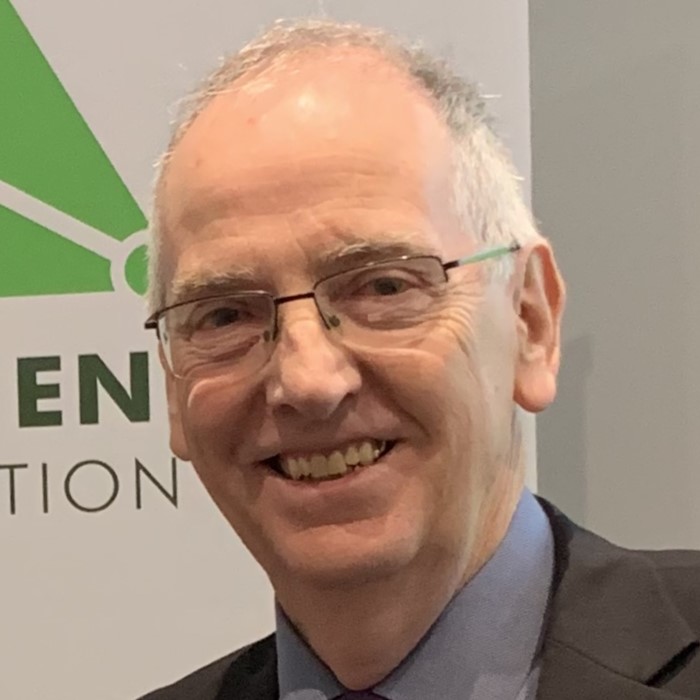
Director, TasRex
Roadmap launched for driving maritime decarbonisation in the Pilbara
Positioning the Pilbara as a global hub for clean marine fuel and the decarbonisation of international shipping are at the centre of a new roadmap released today.
The Pilbara Ports ‘Clean Fuel Bunkering Hub’ outlines a strategic roadmap to establish a clean fuel bunkering hub in the region, enabling the use of alternative marine fuels such as ammonia. The first of its type in Australia, the bunkering hub would support decarbonisation efforts across the shipping, resource and maritime sectors, in line with the State Government 2050 emissions reduction target.

Minister for Energy and Decarbonisation; Manufacturing; Skills and TAFE; Pilbara
Over two parts, hear first-hand experiences and lessons learned from some first-mover maritime ammonia projects in APAC.
Explore two vessels already deployed on the water, with significant operational experience already accrued. Hear from NYK Line, the owner and operator of the Sakigake, Japan’s first LNG-powered tug retrofitted to run on ammonia fuel; and from Fortescue Future Industries, whose retrofitted PSV the Fortescue Green Pioneer has made global headlines.
And – after the success of ammonia bunker transfer trials last year – learn about Pilbara Port’s plans to establish a clean fuel bunkering hub in northwest Australia. Pilbara Ports will explore the journey to alternative maritime fuels for several of the world’s largest bulk export ports, and present its vision for ammonia-fueled shipping from the Pilbara.


General Manager, Energy Transportation & Supply Chain Solutions, NYK Bulkship (Asia)
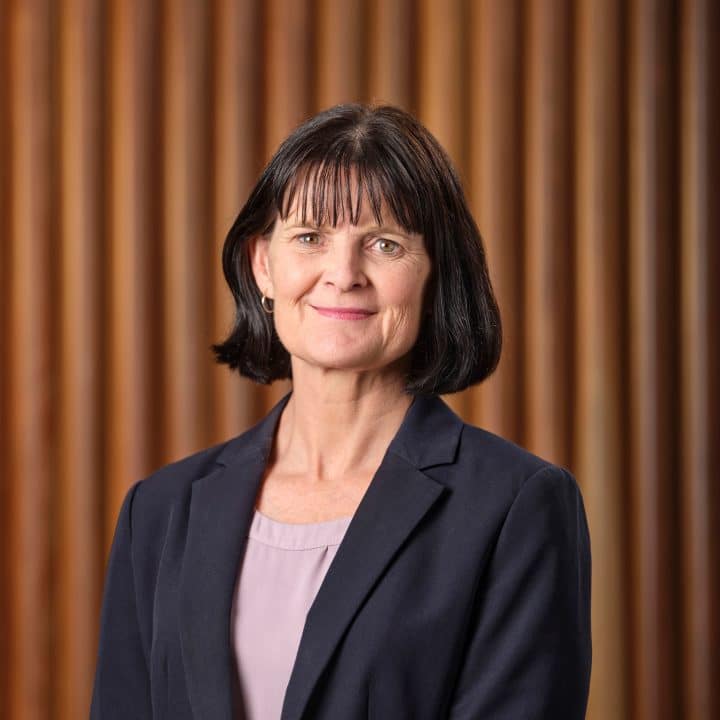
Executive General Manager Customer and Strategy, Pilbara Ports


Senior Policy Advisor – Sustainability and Industry Transformation, Maritime Industry Australia Ltd
The vast bulk of existing ammonia production capacity in Australia today feeds straight into the manufacture of fertilisers and mining explosives. Although decarbonising this existing capacity is very much a work in progress, the market opportunity remains the same. This has encouraged the growth of an ecosystem of new ag and fertiliser players, all with different angles and approaches to decarbonisation. This session will explore the significant market opportunities and some of these new players, ranging from smaller-scale, decentralised production projects to large-scale fertiliser plants.

Lead, Research Analyst – Ammonia, Associate Director, Fertecon, S&P Global
Ammonia market today and a bridge to the future (APAC focus)

CEO, Hiringa New Energy
Partnering to create one of the world’s first decarbonised value chains


Principal Consultant, DUBBL
In September 2024, a Global Centre for Maritime Decarbonisation-led consortium successfully executed multiple ship-to-ship ammonia transfers in outer anchorage at the Port of Dampier, simulating ammonia bunker fuel operations within a port for the first time. This session is an opportunity to hear directly from consortium members about preparations, execution, technical details and learnings from the trial in Dampier, and explore the immediate next steps towards implementing safe ammonia bunkering in Australian ports and beyond.

Director, Projects Team, Global Centre for Maritime Decarbonisation
Helping to decarbonise the maritime sector through pilots and trials

Commercial Manager, Yara Clean Ammonia
Introduction to Yara Clean Ammonia: fueling a zero-carbon future

Managing Director, Oceania Marine Energy
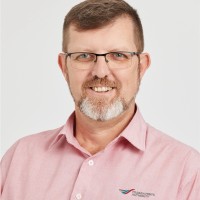
To conclude our event, we invite APAC leaders on stage to discuss the way forward for hydrogen & ammonia. Although industry headwinds have been difficult to start the year 2025, there remain applications, industry sectors and projects that continue to show promise. What & where are these promising signs, and what distinguishes successful projects from the ones that have dropped away? What support – policy, regulatory, and financial – is still missing from the emerging industry, and can these puzzle pieces be assembled in the coming year? If pivots are required, what are the smartest moves to take? Join our panel to plot the way forward for the next twelve months and beyond.

Head of Australia, InterContinental Energy

CEO, Australian Hydrogen Council
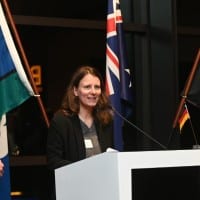
Head of the German Secretariat for the Energy Cooperation with Australia and New Zealand, adelphi

Senior Advisor, Energex Partners

CEO, NH3 Clean Energy

CEO, Murchison Green Hydrogen
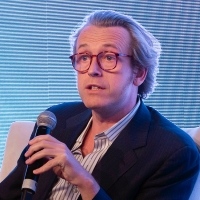
Executive Director, Ammonia Energy Association
DoubleTree by Hilton Perth Waterfront, 1 Barrack Square, Perth WA 6000
The Australian Hydrogen Council is the peak body for the hydrogen industry, with members from across the hydrogen value chain. We represent the emerging hydrogen industry and connect it with its stakeholders to collectively create a clean and resilient energy future that has hydrogen as a key part of the energy mix.
CSBP Fertilisers Kwinana
Kwinana Beach Rd, Kwinana Beach WA 6167
Return coach transport will be provided from the DoubleTree by Hilton Perth Waterfront. Registrants will be advised of sign-up details and tour requirements.
